How Many Electrical Circuits In a Kitchen Are Enough?
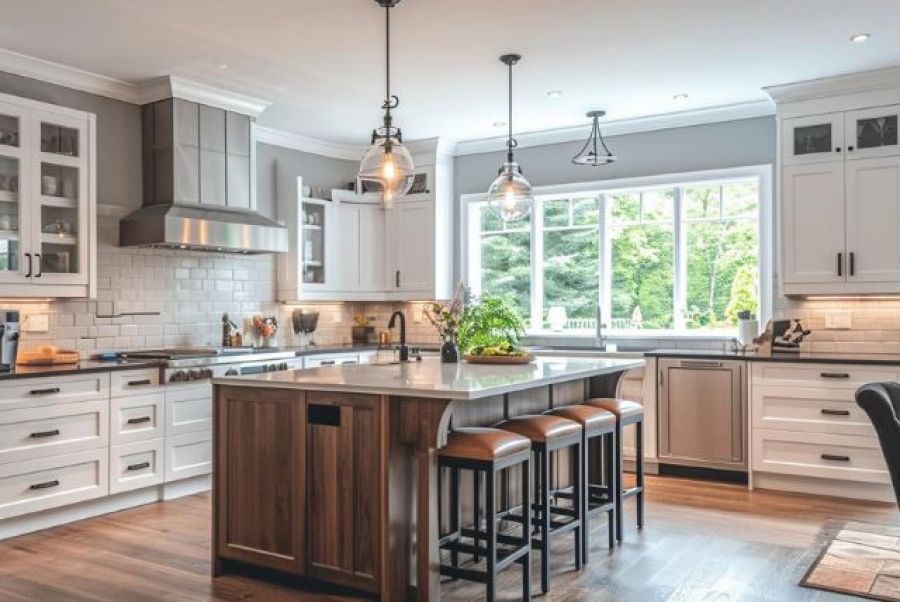
Table of Contents
ToggleTL;DR: Proper electrical circuit planning in your kitchen is crucial for safety and efficiency. Major appliances like refrigerators, dishwashers, and ovens require dedicated circuits to avoid overloading. A well-designed kitchen should have at least seven dedicated circuits to ensure smooth operation. Hiring a licensed electrician early in the remodeling process is essential to assess your system and create a safe and functional electrical layout. Remember to place outlets strategically, use GFCI outlets near water sources, and prioritize safety when handling electrical work in your kitchen. If you’re in Los Angeles, CA, Prime Electric can provide expert guidance and solutions for your electrical needs.
When you’re building a new kitchen or remodeling the old one, you must pay attention to its electrical layout. Installing the correct number of electrical circuits will ensure your new space is functional and safe. The kitchen is a hub of activity, where a bunch of appliances are on at once.
If you want to ensure these appliances aren’t overloading your system and causing potential hazards, you need proper electrical circuits. Major appliances such as the refrigerator, dishwasher, or stove will need dedicated circuits. Countertop outlets for smaller devices can’t all be connected to the same circuits, or they won’t be able to handle the load.
So, how many electrical circuits in a kitchen are enough? In this article, we’ll go over just how many circuits your kitchen needs to keep everything running smoothly. So, let’s get into it and make sure you’ve got a kitchen that’s powered to perform day in and day out.
Understanding Your Kitchen’s Electrical Needs
A circuit is a closed loop that starts and ends at the same point – your home’s electrical panel. Think about your daily routine: brewing coffee, toasting bread, and maybe running the dishwasher. Each of these tasks relies on a steady flow of electricity.
But why does the kitchen demand its own set of rules? It’s because kitchens are power-hungry. You’ve got refrigerators, ovens, microwaves, and more, all of which need a lot of juice to function properly. Your kitchen is needy, but with the right circuits, it becomes self-sufficient.
Types of Circuits
Now, there are two types of circuits to be aware of: standard and dedicated. Standard circuits can handle several smaller appliances or a couple of lights. However, when it comes to your heavy-duty kitchen gear, dedicated circuits are the name of the game.
They’re exclusive lanes for your major appliances, meaning your dishwasher or fridge gets its own pathway to the electrical panel. This prevents overloading, which is when too many appliances strain a single circuit, leading to tripped breakers or, worse, potential hazards.
Statistics show there are 51,000 home electrical fires each year in the US. So, by ensuring that your kitchen has the right circuit setup, you’re avoiding any unwanted sparks and pops in the wiring. You’ll be able to cook delicious meals even for a large gathering of guests.
Dedicated Circuits for Major Appliances
So, how many electrical circuits in a kitchen are enough? Having at least seven dedicated circuits in your kitchen isn’t just a good practice – it’s a necessity for safety and efficiency.
Each major appliance operates at its best when it has a circuit designed just for it, meaning there’s no competition for power and a much lower risk of overloading your system and causing your breakers to trip. Some of the bigger appliances that need dedicated circuits include:
- The Refrigerator. It’s not just a big box that keeps things cold – it’s a power-hungry machine that needs a consistent supply of electricity. Most fridges run on a 15-20 amp, 120/125-volt circuit. This is non-negotiable because any drop in power could mean a drop in temperature, spoiling your food and possibly leading to a hefty repair bill.
- The Dishwasher. It typically needs a 15-20 amp, 120/125-volt circuit to run effectively. It’s heating water, powering jets, and driving motors – all tasks that need a steady and robust power supply to ensure your dishes come out clean and dry.
- The Garbage Disposal. While not as continuously active as the fridge or dishwasher, it still requires a dedicated 15-20 amp, 120/125-volt circuit. When you flip that switch, the last thing you want is a half-hearted grind because it’s sharing power with your blender or toaster.
- The Microwave. There’s no surprise that the microwave is the most used appliance in most US homes. This daily convenience demands its own 20-30 amp, 120/125-volt circuit, depending on its wattage and size. That way, it can quickly and safely heat your meals without dimming the lights every time you start it up.
- The Electric Range, Cooktop, or Oven. These heavy-duty appliances can pull a significant amount of electricity, typically requiring a robust 40-50 amp, 240/250-volt circuit. This dedicated line ensures that your culinary creations are cooked evenly and you’re not left with a half-baked disaster due to inadequate power.
- The Kitchen Lighting. It may not seem like a big deal, but proper lighting is essential, and it requires a dedicated circuit. Most kitchen lighting circuits are 15-20 amps and 120/125 volts, ensuring you can see what you’re doing without flickering or dimming every time the fridge kicks on.
- Other Small Appliances. The toaster, blender, and coffee maker each need a separate 20 amp, 120/125-volt circuit that can prevent your breaker from tripping when you’re in the middle of preparing your morning smoothie or toast.
Best Practices for Safe and Efficient Electrical Circuit Design
When you’re tackling a kitchen remodel or updating an older setup, it’s smart to bring in a licensed electrician early on. They’ll assess your current system and make sure your new kitchen is designed with style and safety in mind.
Your electrician will likely suggest dedicated circuits for major appliances like the fridge and oven so they’re not fighting for power on the same line, which reduces the risk of overloading.
As for the balance – it’s key in preventing circuit overloads. You don’t want your toaster, coffee maker, and microwave to pull power from a single circuit, especially if you’re using them simultaneously. Your electrician can spread the load by creating multiple circuits, and this will keep your breakers from tripping.
It’s not just about adding circuits, though. You’ve got to think about the overall capacity of your electrical system. A professional will easily calculate the electrical load capacity of your home and suggest upgrades so it can safely handle the increased load.
Extra Tip. Be mindful of where you place outlets. They should be accessible but also spaced out to spread the electrical load around the kitchen. And always, always opt for GFCI outlets near water sources. They’re truly lifesavers. They’ll cut off power if there’s a short circuit or a ground fault, which is a real possibility in a busy kitchen.
Finding A Trusted Electrician in Los Angeles, CA
So, we covered dedicated circuits for major appliances and general ones for smaller gadgets and lighting. Remember that this isn’t just about keeping the lights on and your fridge humming. It’s about safety and ensuring your kitchen can handle the load without tripping breakers or, worse, causing a fire.
While these guidelines are a good starting point, don’t be tempted to take matters into your own hands. Reach out to a pro electrician who can assess your situation and give you advice that’s tailored to your needs and your kitchen.
You can always count on the expert advice of Prime Electric. We’ve been helping our community for over 38 years and are certified to undertake any residential, commercial, or industrial electrical problem you might have. So, give us a call today, and let us bring over three decades of electrical excellence to your doorstep!
FAQ’s
How many electrical circuits does my kitchen need?
In a well-planned kitchen, you should have at least seven dedicated circuits. Major appliances like the refrigerator, dishwasher, microwave, electric range, and oven require their own circuits to ensure efficient operation and safety. Additionally, smaller appliances and lighting should be distributed across separate circuits to prevent overloading.
Can I install dedicated circuits myself?
It’s not recommended to install dedicated circuits on your own, especially if you’re not a licensed electrician. Electrical work can be dangerous, and improper installation can lead to safety hazards. Hiring a professional electrician is essential to assess your kitchen’s electrical needs, calculate load capacity, and ensure the work is done safely and up to code.
What is the importance of GFCI outlets in the kitchen?
Ground Fault Circuit Interrupter (GFCI) outlets are crucial in the kitchen, especially near water sources like sinks. They provide protection against electrical shock by cutting off power if a ground fault or short circuit occurs. Installing GFCI outlets is a safety measure to prevent accidents and is required by electrical codes in kitchen areas.
How can I find a trusted electrician in Los Angeles, CA?
To find a reliable electrician in Los Angeles, CA, you can ask for recommendations from friends, family, or neighbors. You can also search online for licensed electricians in your area, read reviews, and check their credentials. Prime Electric, with over 38 years of experience, is a reputable choice for all your residential, commercial, or industrial electrical needs in Los Angeles.

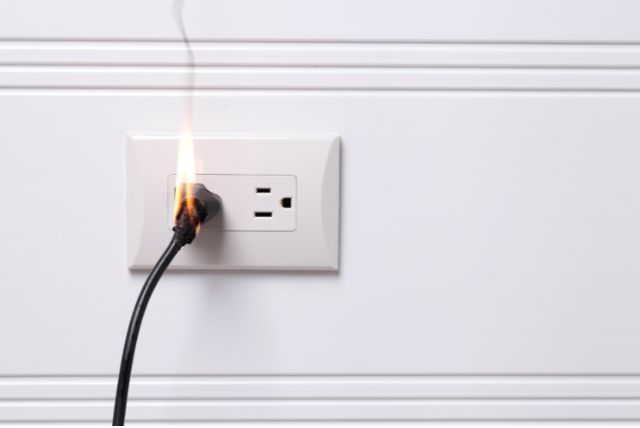

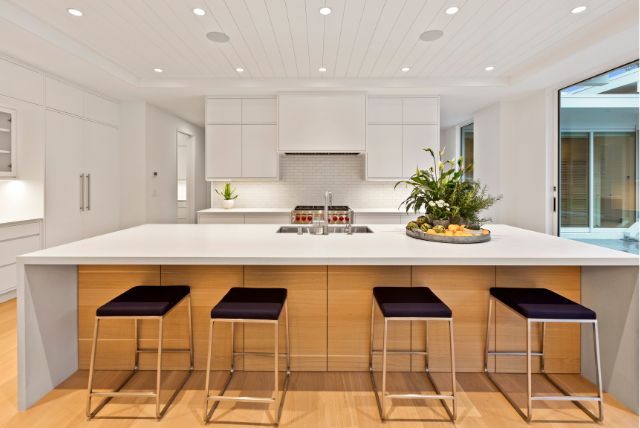
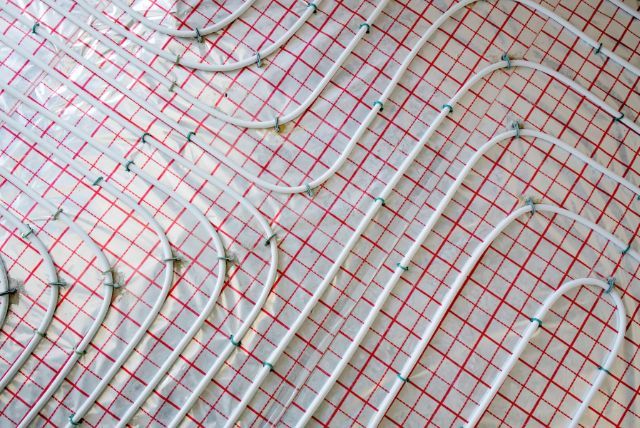





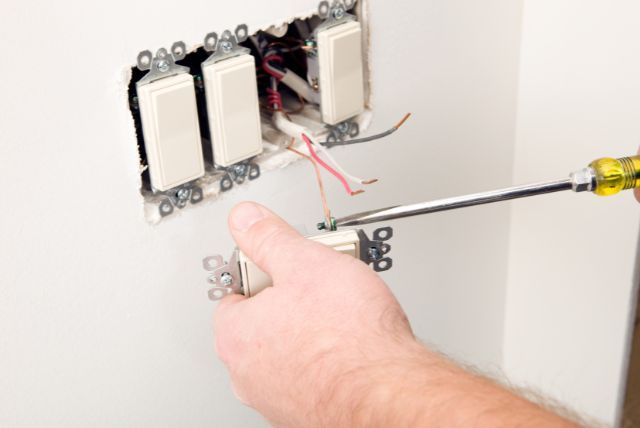

Leave a Reply